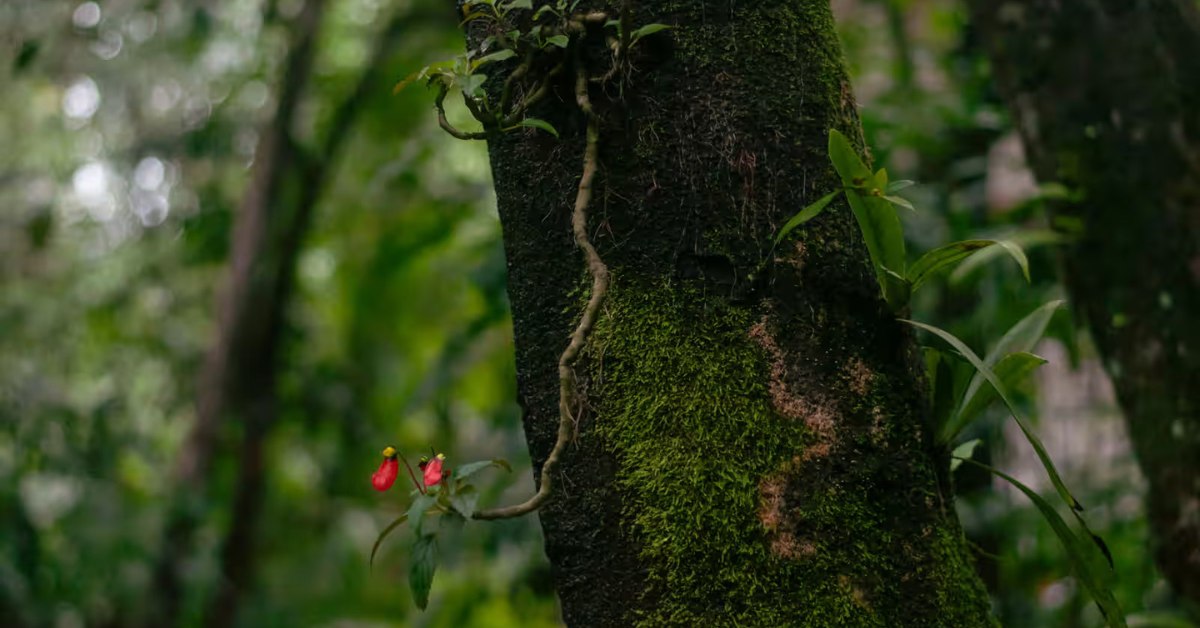There are 9 Kutumb (Families) who only can tend to Iranshah, supposedly from Mobed Nairyosang Dhaval.
Mobeds (1) NAGAN RAAM, (2) KHURSHID KAAMDIN & (3) JAANIYAAN (CHAAINvAA) SAAHER(SAHIYAR).
Each of them had 3 sons. Hence the 9 families at Udvada now serving at the Iranshah Fire Temple are the direct descendants of these 3 Mobeds.
Their surnames – (1) Andhiarujina (2) Magol-Katila (3) Chaarnaa – Patel (4) Unvala – Gonda (5) Dastur (6) Mirza-Makujina-Bharda (7) Bhadha (![😎]() Bhaijina (9) Sidhwa. The society of these 9 families is known as ‘Athornan Anjuman’Mobeds (1) NAGAN RAAM, (2) KHURSHID KAAMDIN & (3) JAANIYAAN (CHAAINAAN) SAAHER(SAHIYAR),. Each of them had 3 sons. hence the 9 families at Udvada now serving at the Iranshah Fire Temple are the direct descendants of these 3 Mobeds. (1) Andhiarujina (2) Magol-Katila (3) Chaarnaa – Patel (4) Unvala – Gonda (5) Dastur (6) Mirza-Makujina-Bharda (7) Bhadha (
Bhaijina (9) Sidhwa. The society of these 9 families is known as ‘Athornan Anjuman’Mobeds (1) NAGAN RAAM, (2) KHURSHID KAAMDIN & (3) JAANIYAAN (CHAAINAAN) SAAHER(SAHIYAR),. Each of them had 3 sons. hence the 9 families at Udvada now serving at the Iranshah Fire Temple are the direct descendants of these 3 Mobeds. (1) Andhiarujina (2) Magol-Katila (3) Chaarnaa – Patel (4) Unvala – Gonda (5) Dastur (6) Mirza-Makujina-Bharda (7) Bhadha (![😎]() Bhaijina (9) Sidhwa. The society of these 9 families is known as ‘Athornan Anjuman’
Bhaijina (9) Sidhwa. The society of these 9 families is known as ‘Athornan Anjuman’
 Bhaijina (9) Sidhwa. The society of these 9 families is known as ‘Athornan Anjuman’Mobeds (1) NAGAN RAAM, (2) KHURSHID KAAMDIN & (3) JAANIYAAN (CHAAINAAN) SAAHER(SAHIYAR),. Each of them had 3 sons. hence the 9 families at Udvada now serving at the Iranshah Fire Temple are the direct descendants of these 3 Mobeds. (1) Andhiarujina (2) Magol-Katila (3) Chaarnaa – Patel (4) Unvala – Gonda (5) Dastur (6) Mirza-Makujina-Bharda (7) Bhadha (
Bhaijina (9) Sidhwa. The society of these 9 families is known as ‘Athornan Anjuman’Mobeds (1) NAGAN RAAM, (2) KHURSHID KAAMDIN & (3) JAANIYAAN (CHAAINAAN) SAAHER(SAHIYAR),. Each of them had 3 sons. hence the 9 families at Udvada now serving at the Iranshah Fire Temple are the direct descendants of these 3 Mobeds. (1) Andhiarujina (2) Magol-Katila (3) Chaarnaa – Patel (4) Unvala – Gonda (5) Dastur (6) Mirza-Makujina-Bharda (7) Bhadha ( Bhaijina (9) Sidhwa. The society of these 9 families is known as ‘Athornan Anjuman’
Bhaijina (9) Sidhwa. The society of these 9 families is known as ‘Athornan Anjuman’1. Andhyarujina 2. Unvala 3. Bhadha 4. Katila 5. Dastur 6. Chaarnaa 7. Mirza 8. Sidhwa 9. Bhaijina.
From these 9 Kutumbs There have been 2 Gadis for Vada Dasturji.
1. From Dastur Family.
2. From Mirza Family.
*FOR NAVSARI BHAGARSATH ANJUMAN ..*
It would seem that by the early 13th century, Navsari had a growing population, and this is why in 1215 CE, two priests, Hom Bahmanyar and his son Faredun, were invited by the descendants of Mobed Kamdin Zartosht to cater to the increasing ritual demands of the Parsis of Navsari.
Hom Bahmanyar accepted on the condition that the descendants of Mobed Kamdin Zartosht agreed to share the ritual workload with him and his son Faredun.
This formal agreement to share the workload between the families of Kamdin Zartosht and Hom Bahmanyar, gave rise to the term *‘Bhagaria’* (Bhaag) or Co-Sharers and is used exclusively for priests who owe their allegiance to Navsari.
By perhaps the early fourteenth century, a formal social structure was developed, known as the ‘Pols’. The word ‘Pol’ in Gujarati refers to the designated areas in which households belonging to the same family and who bore the same surnames lived in Navsari. The descendants of the first Navsari mobed, Kamdin Zartosht, and the descendants of Mobed Faredun Hom Bahmanyar divided themselves into 5 Pols based on their genealogy. 3 of these Pols were named for the 3 sons of Mobed Faredun Asha, Mahyar and Chanda – while the other two Pols were named for descendants of Kamdin Zartosht, named Kaka Pahlan and Kaka Dhanpal.
The Pols were an equitable way of prioritizing the workload among the Bhagaria priests, and this arrangement allowed the Kaka Pahlan, Kaka Dhanpal, Asha Faredun, Mahyar Faredun and Chanda Faredun families each to have a specific share in the ritual work.
Navsari Too has 2 Gadi’s
1. Dasturji Meherjirana
2. Desaiji Ni.
The Desaiji appoints the New Dasturji Meherjirana and presents the 1st Shawl to the New Dasturji Meherjirana.
Courtesy : Burjor Daboo
The post IRANSHAH 9 KUTUMB HISTORY appeared first on Zoroastrians.net.















